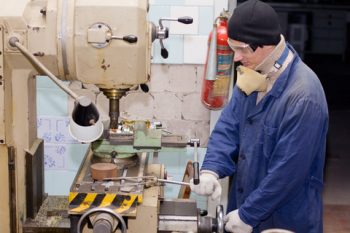
If you are interested in using a precision engineering company to complete a project, or create a prototype, then you may want to know more about the role of precision engineering in society, and how it has been used in the past to develop some of the world’s greatest marvels, and some of its tiniest and most delicate artifacts. You may also want to know how this type of engineering differs from other forms, such as software or electrical engineering, and what role it plays in creating new items.
What is precision engineering?
Precision engineering is the development of machines, prototypes and other products which have to repeat tasks hundreds of times over the course of a day without breaking or losing its impact. Precision engineering means developing and building machines which can, in turn, be used to make other machines. The name comes from the very precise nature of the role, and the skills that it takes to ensure that the design is the best possible answer to the requirements of the client.
Precision engineers work in automatic assembly roles, reducing the need for manual labour when it comes to fitting machine parts together. They are used to help control the costs of the part, including its initial manufacture and running costs. They also try to advance technology in order to enhance their skills, and increase the safety of the parts that they create.
Is it only machines?
While precision engineering is mainly focused upon machines, not all forms of this skill set work solely in automation. In fact, precision engineering was used in early history to create complex geometric shapes which were used to design the pyramids, or to create obsidian bracelets in Turkey. The focus of these engineering projects was in absolute precision, and elimination of mistakes, something that is still important to precision engineers today.





